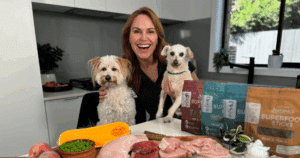
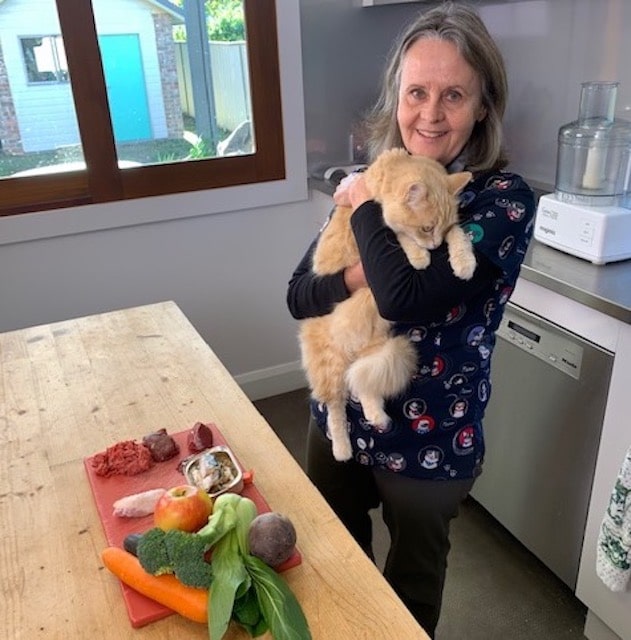
I am a strong supporter of a raw and natural diet for dogs. In fact, in my experience, feeding a natural diet to your pooch is the foundation of good health and a long life.
There are several things that I’m not comfortable about with regards to the foods that are recommended by the majority of vets. The first thing is they are processed. Processing alters the food and takes it away from its natural state and changes it.
The second thing is that the processed foods are often based around cheap grains and carbohydrates as fillers. Grain and carbs are not natural foods eaten by dogs so don’t form part of a natural diet for dogs. If not for human interception, the majority of their diet would be based on fats and proteins.
Contrary to popular belief, dogs are not carnivores but are omnivorous scavengers. When they find a carcass, they eat not only meat but also organs meats, and bones (very important!).
They eat ground up vegetable matter: the gut contents of prey animal like a rabbit or a mouse. They also scavenge on rotten fruit, grass and eggs. They do not eat pasta and rice.
When people formulate their own natural diets, they will commonly feed one type of meat (often mince), along with rice or pasta and frozen vegetables. Whilst the intention is on the right track, there are a few fundamental problems with this type of natural diet that means it is not going to supply your dog with the nutrient it needs.
A balanced natural diet for healthy adult dogs consists of around 45% raw meaty bones, 10% offal, 20% fruit and vegetables and 25 % meat and other proteins (e.g: eggs and fish).
Make sure you include some fat with the meat and don’t make it too lean: healthy dogs need high quality fats to keep their bodies going and to promote good health.
Editor’s note: Click here for more information on preparing a DIY raw food diet.
Of course, do speak to your vet about whether a raw natural diet it is suitable for your dog before making any drastic changes to your dog’s diet, as there may be some instances, such as if they are immunocompromised, where it may not be suitable.
Dr Kathy Cornack’s tips for creating a raw, natural diet for dogs
Contrary to popular belief kibble is not necessary to keep a dog’s teeth clean. In fact, eating any processed food, including kibble contributes to plaque and dental disease. Feeding bones is natures tooth brush and regular brushing with a dog toothbrush and toothpaste in between professional cleans is vital.
Enjoy the rewards that feeding your dog a raw natural diet will create. Bon Appetite!
To find out more about Dr Kathy Cornack at Newcastle Holistic Vets, visit her website.

Dog Treat Naturals Superfood Sticks

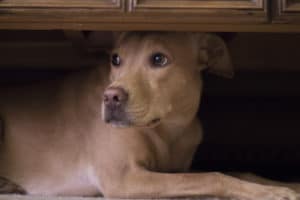
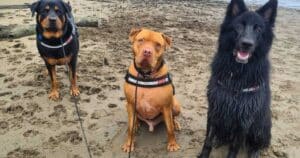
Poor gut health and dog behaviour issues
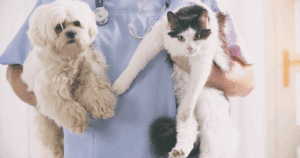


Get your paws on Lara Shannon’s best selling books ‘Eat, Play, Love (your dog) and World of Dogs.
Available in Australia, USA, UK and Canada.